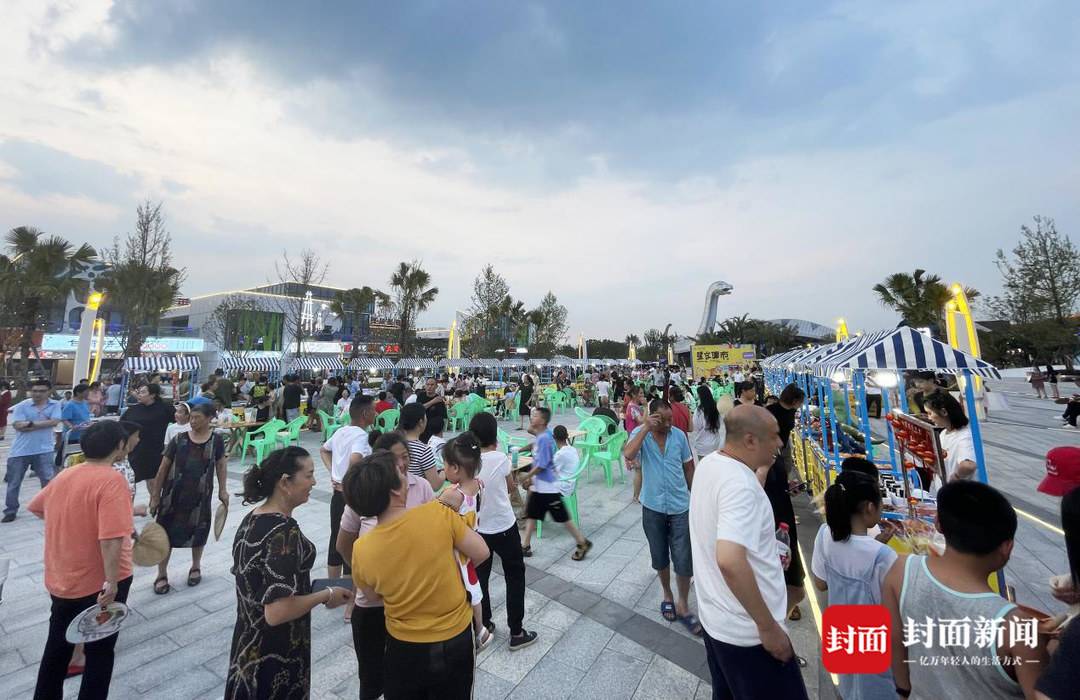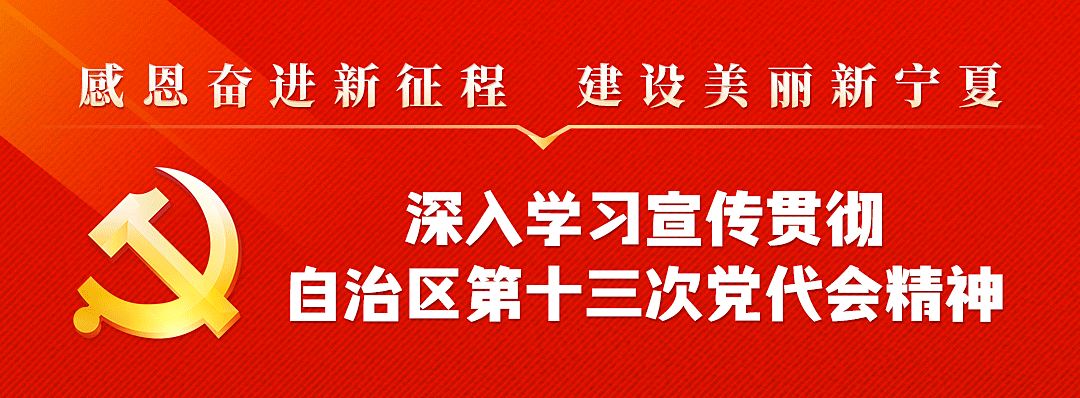Teaching Translation and Translation Teaching —— From the theory of "Translation Purpose"
Author:China Social Sciences Network Time:2022.07.12
"Skopostheorie" is the translation theory proposed by Hans Vermeer in the 1970s. The core concept is: the main factor in the translation process is the purpose of the overall translation behavior. The theory believes that the rules of the purpose ranks first in a series of laws, that is, "Any translation is determined by the purpose of the translation. That is, the purpose of translating the purpose of translation." Based on this theory, the strategy of the expected goal achieved by the purpose of the translation behavior, that is, the translation product responding to the scheduled recipient to play the expected function. In the framework of the translation purpose, one of the most important factor decided to translate the purpose is the audience, that is, the recipient of the translation. Each translation points to a certain audience, so the translation is a language produced in the purpose of the target and target audience.
Teaching translation
Teaching translation is translation related to teaching activities, or translations for teaching. For a long time, this translation variety has not been valued by the translation research community. The typical product of teaching translation is a reference translation in foreign language textbooks. The function of the reference translation is to enable learners to rely on the corresponding statements of the translation to understand when they are not understood by the original text, so under the guidance of this purpose, their requirements are more literally translated than literary translation in the general sense of literary translation. Try to make the word as much as possible on the bottom line of the language, and at least when it is difficult, at least it must be corresponding to the purpose of making the learner know that "where the original text does not understand or wrong" Essence
The situation I encountered in lessons "Camel Xiangzi" in lesson in the translation foreign teacher's "Japanese Comprehensive Tutorial (Volume 6)" is a good example. The text is translated by Lao She and Ichima Sakurai. If it is a literary translation book, you can put Lao She's original text, but the translation of teaching translation cannot be the case. Because literary translation allows the use of free translations from the original text, including the application of techniques such as inverted translation, anti -translation, plus translation, and reduction. The translations of these techniques must be used in the "appearance" of the words and sentence patterns. There must be a lot of different discrepancy with the original text. These "entry and exit" are "improper" for foreign language teaching. For example, the text is: "Xiangzi は やにわ に り り し し た. が, Two, Thirty 歩 も っ た で て て て し まっ て. Thirty steps, but he refused to run, he couldn't bear the camels. "This Japanese as a literary translation is unsatisfactory, but in teaching translation, if the original seal was originally used as the original text of the text, the student would ask" the first sentence of the first sentence Why not turn it over? "" 'に に っ っ た た た た た 不 不 得'? "These questions are only difficult to find the answer through the translation itself.
The purpose of the translation purpose determines the translation strategy. The purpose of the teaching materials of foreign language reading (this textbook is an intensive reading lesson "Advanced Japanese" textbook) is to let students know the meaning of each word, sentence pattern and matching. Can understand. Therefore, our translation is: "Xiangzi runs out immediately. When running out of 20 or thirty steps, he refuses to run away. He thinks of those camels." The text is completely corresponding, so that students can understand the text of the text at a glance. As for loyalty to Lao She's original book, it is not the category of teaching translation, and the loyalty here should be the original foreign language of the text.
In addition, the sentence in the following text is a mistake in the Japanese translation. Lao She's original words were "he was quiet. Lazy." The text is "ほっと と に に に に に に に に に て て き き き き た た た た た た た た た た た た た た た た た た た た た た た た た た た た た た た た た た た た た た た 课 课 课 课 课 课 课 课 课 课 课 课 课 课 课 课 课 课 课 课 课 课 课 课 课 课 课 课 课 课 课 课 课 课 课 课 课 课 课 课 课 课 课 课 课 课 课 课 课 课 课 课 课 课 课 课 课 课 课 课 课 课 课 课 课 课 课 课 课 课 课 课 课” If it is a literary translation criticism article, it should be pointed out and corrected. However, the purpose of teaching translation is to allow students to learn the correct foreign language language. From the correct perspective of foreign languages, there is no problem in Japanese. Therefore, the translation should be based on the original Japanese text, instead of the original work of Lao She. Therefore, our translation is: "He's quiet, and at the same time, he is sore."
At present, the textbooks or teachings of foreign language majors are basically equipped with reference translations. These are the categories of teaching translation, but due to different purposes, their strategies are different. If the ready -made literary translation works are simply and rudely copied and pasted, not only will it not achieve the purpose of the translation of this category, but also the risk of mistakes by mistake. Because the finished products of literary translation are rarely found to compare the original text except for the translation products. Even if some people find that there are few people who have no fatal problems. This is because "the theme and theme of the original work can be allowed to be allowed without obvious impact". " There are even a certain phenomenon of mistakes when making and alignment of translation libraries and alignment. These literary translation texts containing error translations will be unimaginable.
In addition to the situation of intensive reading materials, the textbooks and translations of other courses must also be translated according to their different teaching purposes. For example, the essay of translations of translation textbooks is more literary than literary translation, and it is necessary to intend to translate, reverse translation, intervene, addition, and slightly translated. If you want to use the published translation text directly, you can use the original text to strictly check and correct the error translation. The translation of the interpretation textbook should highlight the characteristics of accurate and smoothness, smooth and smooth characteristics. In addition to the reference translation of teaching materials, the teaching translation of the interpretation lesson is also the interpretation exercise in the classroom. At this time, the teacher's demonstration and the students' exercises are teaching translation. The difference between the interpretation of teaching translation and actual combat is that the former acceptance object is students, and the latter's acceptance object is the mother tongue speaker of the purpose. This is the core factor of the translation purpose, "audience". Therefore, the former must adjust the content from the shallow to deep and the speed of speech, and adjust the change depending on the degree of acceptance of the students; the latter does not need to consider the language acceptance ability of the listener too much, as long as it is loyal, accurate, smooth, and smooth. Can. Translation teaching
The name of translation teaching has two concepts: one refers to a teaching behavior, that is, teaching behaviors for the purpose of professor translation skills, and tied with other disciplines (such as mathematics teaching, legal teaching, philosophical teaching, etc.); The second refers to the lower branch of foreign language teaching, which is tied with intensive teaching, spoken teaching, and grammar teaching.
Translation teaching and teaching translation include relationships: translation teaching will be exposed to and used various teaching translations. General foreign language professional translation courses can include foreign translations, foreign translations in foreign translations, Chinese translations, and Chinese translations. If it is a translation direction, there will be more segmented courses, such as literature/film and television translation (including Chinese translations and foreign translations, the same below), business/technology/tourism translation, news/social science translation, alternate interpretation/the same interpretation/same Son -translation, etc. Because the purpose of various courses is different, different teaching translation strategies must be used. But teaching translation cannot be included in the translation teaching. For example, the translation of textbook texts is a teaching translation, not within the teaching scope of translation teaching. Because the translation of the text translation so far is the work of teachers or translators, not the content of translation lessons for students, it is impossible to be the scope of teaching and learning of translation teaching.
In addition, teaching translation, as a often neglected translation variety, should be a subordinate branch of the translation, which is tied with literary translation and spoken translation. Then, teaching translation should also appear in translation teaching and become one of the teaching content of translation. Teaching translation products without systematic research and teaching and research often cannot adapt to the purpose of translation teaching. At present, many textbooks and texts have such problems -it is difficult for students to see the shadow of the original text from the translation, so that the "reference" purpose of "reference translation" cannot be achieved. Such a translation is separated from teaching. Therefore, how to closely focus on teaching purposes should also be the content of translation lessons. Therefore, the translation purpose theory can be extended to the specific behavior of translation teaching. Since translation teaching is "a teaching behavior for the purpose of professor translation skills", the content of the professor should cover all translation varieties. Different translation purposes also varies from species. For example, literary translation, speaking translation, etc., will lead to different purposes due to the different varieties, which leads to different translation strategies.
In summary, from the perspective of translation purpose, teaching translation is an independent translation variety. Purpose to decide. It should be tied with literary translation, film and television translation to make it an independent translation variety. Translation teaching is a teaching behavior for the purpose of teaching translation skills. Different translation varieties are taught. The purpose and strategy of translation must also be reflected in teaching. The clarification of the concepts and boundaries of teaching translation and translation teaching are not beneficial to translation and teaching.
(This article is the Study Research on the Hanri Comparison of the National Social Science Foundation "Gram about Grammatic and Vocabulary Interface" (19byy194) staged results)
(Author Unit: Hangzhou Normal University Marxism College; Eastern Language Institute, School of Foreign Languages, Zhejiang Yuexiu)
Source: China Social Science Network-Journal of Social Sciences of China
Author: Wang Mi Wang Xin
- END -
Sichuan Zigong "July · Dinosaur Light Season" colorful lights and summer nights will start the "Automobile Box Barbone" to appear in time and space · Longmen Town

Cover news reporter Liu Ke ShengOn July 18, the first Zigong International Dinosau...
Benefit 704,000 retirees!Ningxia adjust the basic pension of retirees

Recently, the Human Resources and Social Security Department of the Autonomous Reg...